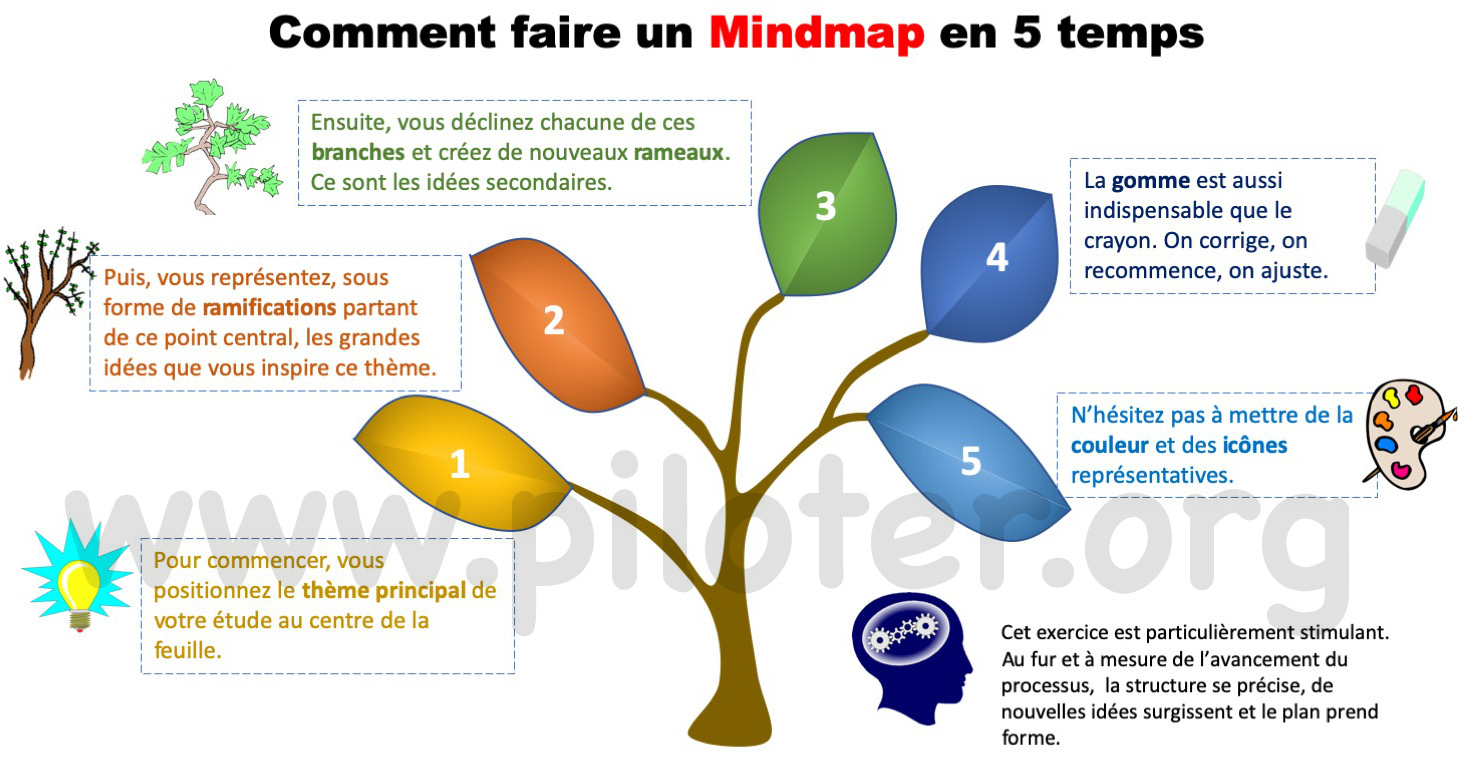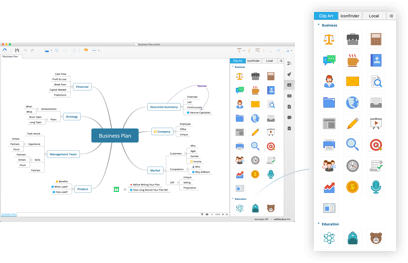

With an increasingly globalised, multilingual world, people have become more meta-linguistically aware-that is, they talk about languages, and not just in them. Google NGram of the use of “multilingual” and “polylglot” from 1600–2000. With the Greek-derived morpheme “poly-”, we can think of one other-unpopular-example off the top of our my heads: polymath, literally ‘having learnt much’, and meaning someone with wide knowledge or learning. Perhaps it’s also more intuitive to use than “polyglot”, since there is a larger number of words English speakers use in common discourse that begins with the Latin-derived “multi-” meaning ‘many’, as in multiple, multipurpose, and multicultural. Google’s Ngram Viewer shows us how both terms were used from the years 1600–2000, and also shows us that while “polyglot” came to being much earlier than “multilingual”, it is the latter that persists in people’s spoken and written words today. To return to the main topic, over time, people probably figured they didn’t need terms for being super specific about the number of languages one speaks-thus getting by without terms like trilingual/ triaglot, quadralingual, pentalingual, hexalingual, septalingual, and so on-and so settled for “multilingual” or “polyglot”. This is probably because Latin has always been used in specialist and scientific terms, and technological innovations really picked up the last two centuries. King George I of Great Britain, for example, couldn’t speak English, and his Prime Minister Robert Walpole couldn’t speak German or French, so they communicated in Latin! According to the English historian William Coxe, who was also a tutor to the nobility, “Walpole was frequently heard to say, that during the reign of the first George, he governed the kingdom by means of bad Latin.”Īnyway, word formations involving “multi-” only became more common in the 19 th century and then most frequent in the middle of the 20 th century. It might seem intuitive to us today, but in fact, forming English words beginning with “multi” is a relatively new phenomenon-having begun in the early 17 th century when most everyone in the fields of academia and politics used Latin.

It seems that “multilingual” entered the English lexicon much later (in the 19 th century) than “polyglot”, which had already been around and in use for close to 200 years. The earliest instance of “multilingual”, in the sense of ‘having or speaking more than two languages’ is dated 1838 in the Oxford English Dictionary, whereas the earliest entry for “polyglot” is dated to 1650. I am of the opinion that our own tung should be written cleane and pure, unmixt and unmangeled with borrowing of other tungs.Ĭheke probably won’t be very happy about the way we spell ‘tongue’ today, what with its French air about it (‘tongue’ is langue in French)! The 16 th century English classical scholar and statesman John Cheke tells us so in his advocacy for Saxon words over more complex Greek and Latin ones: But what’s a tongue got to do with being able to speak many languages? Well, as a vital organ of vocal expression, the tongue has become a metaphor for speech, words, and language itself-and perhaps a specific one too, so we entertain the idea of a person who speaks multiple languages having many tongues. The word “polyglot” originates from ancient Greek πολύγλωττος (poluglōttos), literally ‘many-tongued’, and entered English in the 17 th century. The terms therefore refer to a person or object that has something to do with many tongues-that is, many languages. Both words are compounds in their respective languages of origin and can be broken up and literally translated as ‘many’ + ‘tongue’. csv ( 'repos-users-dump.Are you a polyglot or multilingual? What’s the difference? The short answer is that “polyglot” comes from Greek, whereas “multilingual” comes from Latin.

Learn more about bidirectional Unicode charactersĭ3. To review, open the file in an editor that reveals hidden Unicode characters.

This file contains bidirectional Unicode text that may be interpreted or compiled differently than what appears below.


 0 kommentar(er)
0 kommentar(er)
